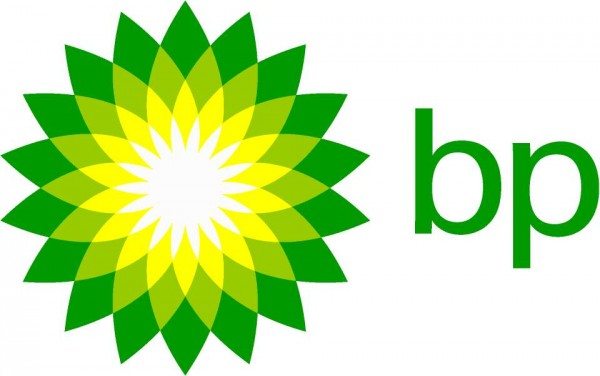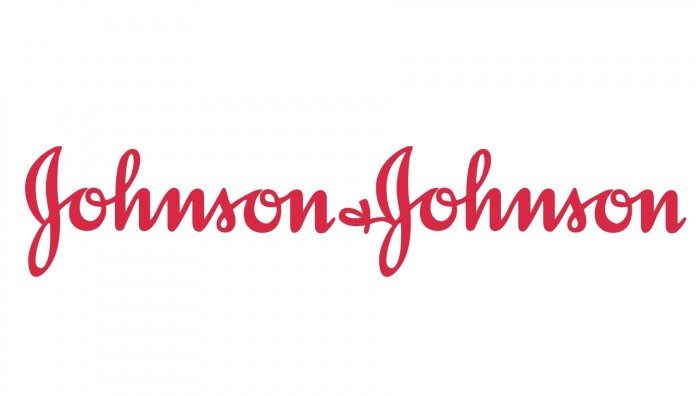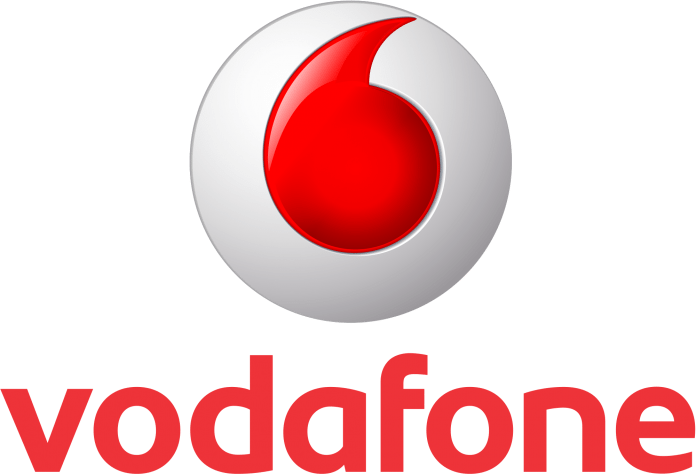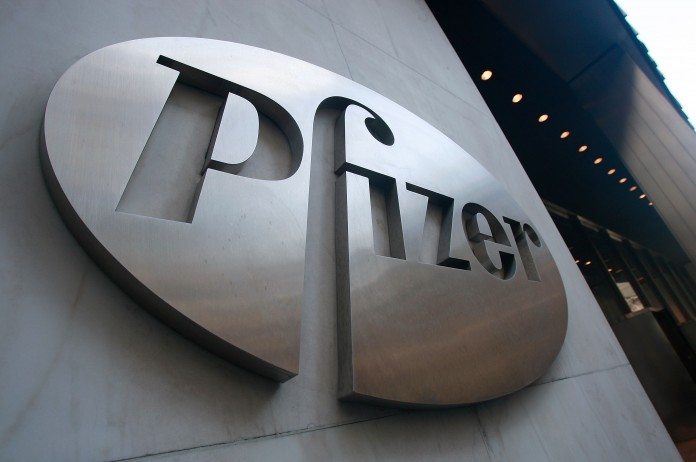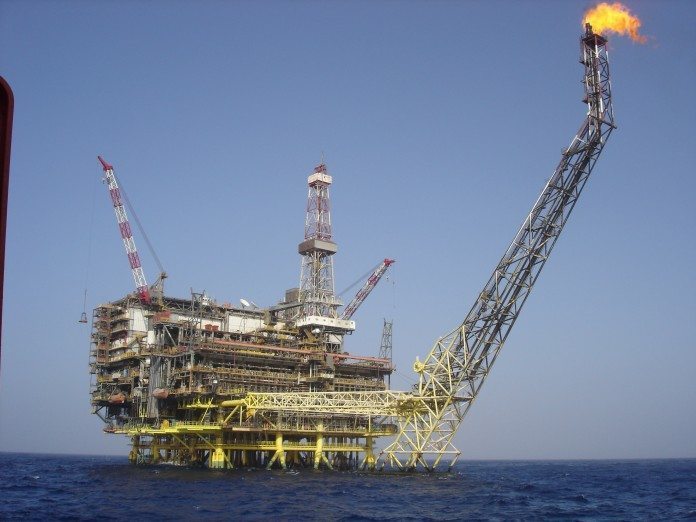FedEx Corporation’s (NYSE:FDX) proposed acquisition of TNT Express NV (TNTEY) has gotten unconditional approval from Brazilian regulators. The companies have disclosed that Conselho Administrativo de Defesa Econômica (CADE) gave its nod in connection with its January 8th offer. The European Commission had already given its unconditional approval last month.
Click Here For More Market Exclusive Updates & Analysis
Acceptance Period Extended
TNT Express and FedEx disclosed on January 8th that the acceptance period of their offer was extended by two weeks. The law in Brazil allows any appeal within fifteen days of its publication of the decision. Both companies indicated that they would continue to work with regulatory authorities constructively so that they would be able to get the clearance for the transaction from the relevant jurisdictions. That includes China.
Any merger and acquisition should be approved by the relevant regulators from the respective locations that the involved companies operate. Both have also indicated that they are making progress and continue to expect that the offer would be completed before the first half of this year.
Management Comments
FedEx President and CEO David Bronczek said that he was pleased with Brazilian regulatory authority’s unconditional approval for the offer. He continued that after the acquisition iss completed, the company would focus on the opportunities that TNT could bring to its customers, shareholders, and employees not only in Latin America but also throughout the world.
Both FedEx and TNT need to get the approval of the antitrust authorities in China and the United States apart from the European Union and Brazil. Until now, the offer has gotten approval from three regulatory authorities, and still needs China’s regulatory approvals.


